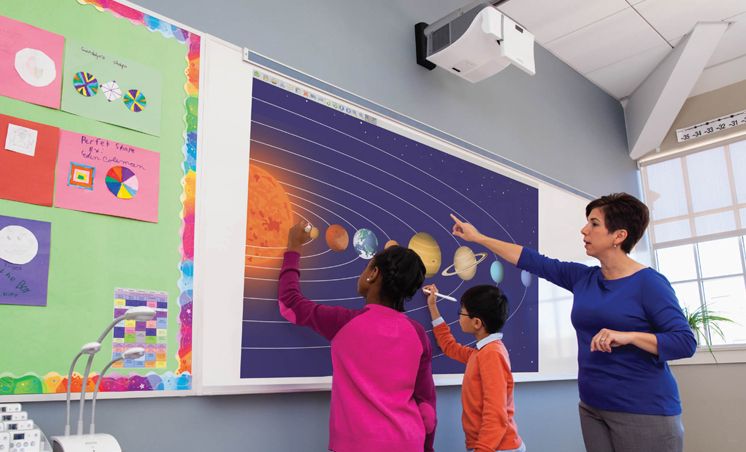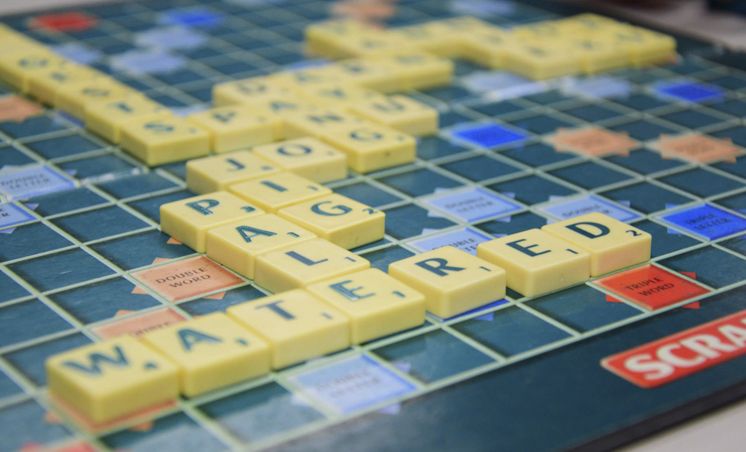
Let’s face it: school today just isn’t the same as it was when you were younger. The profession of teaching has changed dramatically in the past few decades. Teachers now educate in schools with grade configurations that vary considerably, teach an enormous range of subjects, and teach students with different needs. Here is a very short guide that will show you roughly what happens in each grade cluster.
Popular grade configurations are elementary schools that include pre-kindergarten or kindergarten through fifth-grade levels, middle schools that include sixth- through eighth-grade levels, and high schools that include ninth- through twelfth-grade levels. Another, less popular, configuration beyond the elementary level is the junior high school, which includes sixth- through ninth-grade levels, and the senior high school, which includes tenth through twelfth-grade levels.
A quick side note: becoming a teacher is a lot more competitive these days. Teachers today have higher standardized achievement test scores and higher grade-point averages than their counterparts several years ago. According to a study by the developers of the Praxis test, teacher grade-point averages (GPAs) increased from 27% of teachers with a 3.5 GPA or higher during 1994 to 1997 to 40% having at least 3.5 GPA during 2002 to 2005. Additionally, candidates’ verbal SAT scores rose 13 points and mathematics scores rose 17 points in the same period.
Now you can think about who you might best work with.
Are you interested in working with very young children and new learners? Consider being a pre-K teacher.
If you attended pre-K as a child, you might recall learning through playing with other classmates and through participating in interactive classroom activities. Pre-K teachers are very different from elementary and secondary school teachers. They typically develop children’s language and vocabulary skills through storytelling and rhyming games; their social skills through cooperation and teamwork games; and their scientific and mathematical concepts through counting games and simple mathematics problems. According to the National Association for the Education of Young Children (NAEYC), the ages included in pre-K education range from birth to age eight. Pre-K teachers play a critical role in the development of children. Early childhood learning and experiences shape students’ views of themselves and the world and influence their later success in school, work, and their personal lives.
For students who are just a little older who are being introduced to a more formal style of learning, there are the elementary school teachers. Elementary school teachers are usually responsible for a group of children, roughly 20 to 25. They teach several subjects and are responsible for one grade level. In some schools, several elementary school teachers work together to teach a group of students. Other schools also have teachers who teach a special subject, such as music, art, mathematics, or science, to a number of classes. Some schools have teachers who instruct students from several grade levels. Elementary school teachers are responsible for a wide variety of activities, including rule-setting for maintaining order in the classroom, adapting teaching methods and instructional materials to meet individual students’ needs, and assigning and grading class work and homework.
Pre-K teachers are charged with providing students with the educational building blocks they’ll need to succeed in elementary school and throughout their lives. Elementary teachers teach all subject areas and usually teach one grade level.
Once a teacher reaches the middle school level, he or she needs to become a subject specialist. This is because unlike elementary school teachers, middle school teachers generally teach one specialized subject, such as social studies, English/language arts, mathematics, or science, to several groups of students each day. However, some middle schools have teachers who teach all major subjects to one classroom of students.
To students in grades five through eight, middle school teachers represent key authority figures and role models. Middle school children are at a developmental stage where they are developing interests in specific subject areas; learning a variety of social lessons; and dealing with a wide range of physical, intellectual, and emotional challenges. Middle school teachers are not simply educators—they are also coaches and facilitators for these children. This is a very sensitive time for students, and what they learn from their teachers during these years can greatly influence their experiences and successes as adults.
In most schools, middle school teachers appear in several classes, spending less time with each student than their elementary school counterparts. They may have larger classes in public schools, or smaller classes in private schools. They may also be involved in extracurricular activities such as coaching a sport or sponsoring a club. These activities traditionally go beyond regular teaching responsibilities and sometimes come with an additional stipend.
To help prepare students for the workforce, college, and the challenges of adulthood, look no further than the high school teacher. High school teachers are highly trained specialists in one, two, or several subjects. They teach their specialty areas to high school students between the ages of 13 and 18. For example, a high school mathematics teacher might teach several classes of algebra and geometry, and a class or two of trigonometry and calculus. A science teacher might teach several classes of general biology, one class of advanced-placement (AP) biology, and an elective in zoology. They prepare lessons, exams, assignments, and reading lists in their subject matter in imaginative, innovative ways, in an attempt to generate interest among their students.
In addition to teaching classes, high school teachers also plan and take students on field trips, coach after-school sport teams, or are involved in other extracurricular activities. High school teachers work very long hours in an effort to enrich their students’ lives, both in the classroom and in the real world. They are leaders and motivators who also grade exams, correct homework, and meet with parents.
I hope this very short, simple guide has helped you get that much closer to choosing which grade level you are interested in teaching.
SOURCE:









